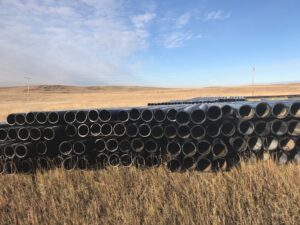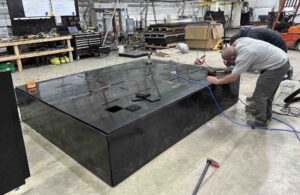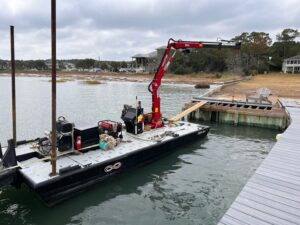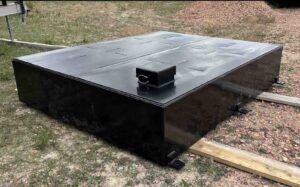Key Factors Influencing HDPE Pipe Price:
- Material costs: The price of HDPE pipe depends on the cost of raw polyethylene, which is influenced by global oil prices since it is a petroleum derivative. For instance, a 10% fluctuation in oil prices can lead to a similar percentage change in HDPE prices.
- Manufacturing technology: The technology which is used in manufacturing pipes also affects HDPE pipe price. More efficient and modern facilities tend to have higher initial investments but can produce pipes at lower costs due to better yield and less waste.
- Market demand and supply: As with any product, market demand significantly impacts prices. Increased demand in water management systems or irrigation in agriculture can drive prices up, especially if supply is limited.
- Transportation costs: Since HDPE pipes are bulky, transportation can significantly add to the overall cost. The further the pipes need to be shipped, especially internationally, the higher the final price for the consumer.
- Regulatory impact: Compliance with environmental and safety regulations can also affect manufacturing costs. For example, stricter standards in North America might lead to higher production costs compared to regions with less stringent regulations.
Tips For Securing The Best HDPE Pipe Deals:
- Buy in bulk: Consider buying HDPE pipe in larger quantities to benefit from bulk pricing. Suppliers often offer significant discounts for large orders.
- Negotiate with multiple suppliers: Don’t settle for the first price you get. Reach out to several suppliers of HDPE pipe to compare prices and negotiate better deals.
- Timing purchases with market trends: Keep an eye on raw material market trends. Purchasing during an oil price dip can translate to lower HDPE prices.
- Find for local suppliers: If possible, purchase pipes from local manufacturers, as it will help allow you to cut down on transportation costs. Additionally, building a strong relationship with a local supplier can lead to better prices and terms over time.
- Consider recycled HDPE: For applications where high-grade material is not critical, using recycled HDPE can offer cost savings without compromising on performance.
By The Numbers:
- Average prices for HDPE pipes range from $0.50 to $3 per foot, depending on specifications and quantities.
- Bulk orders can reduce costs by as much as 15-20%.
- Shipping and handling can constitute up to 20% of the total cost in remote or international locations.
Get In Touch With Legacy HDPE
If you are seeking high-quality solutions tailored to your specific HDPE pipe production needs, contact Legacy HDPE. We prioritize quality and customer satisfaction, ensuring durability, efficiency, and cost-effectiveness. For more information about our products and services, please contact us directly at Tel: 307-391-0731







